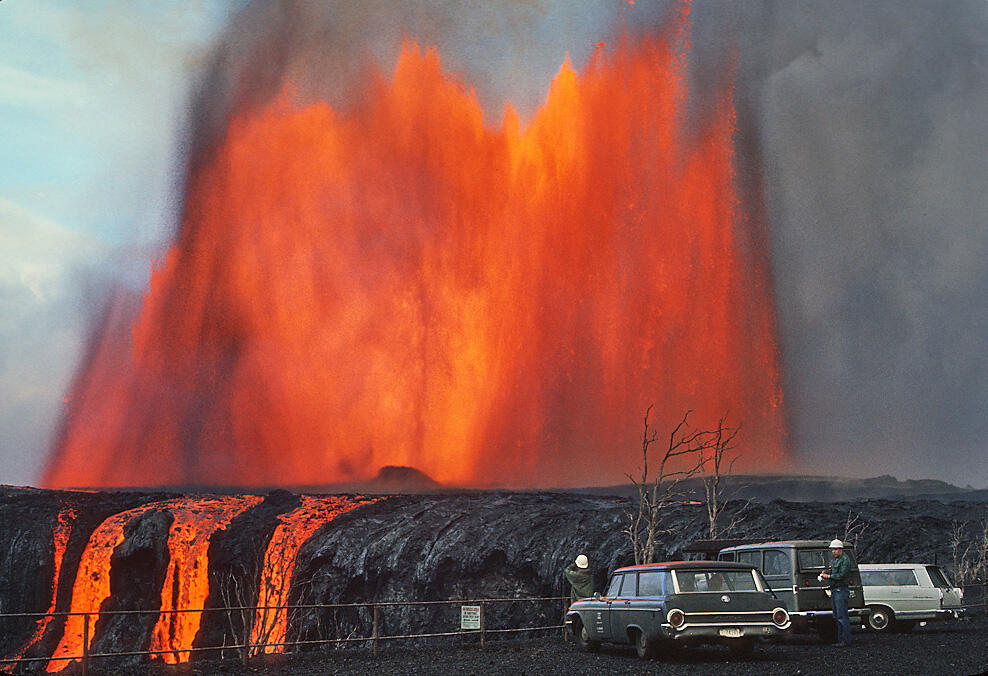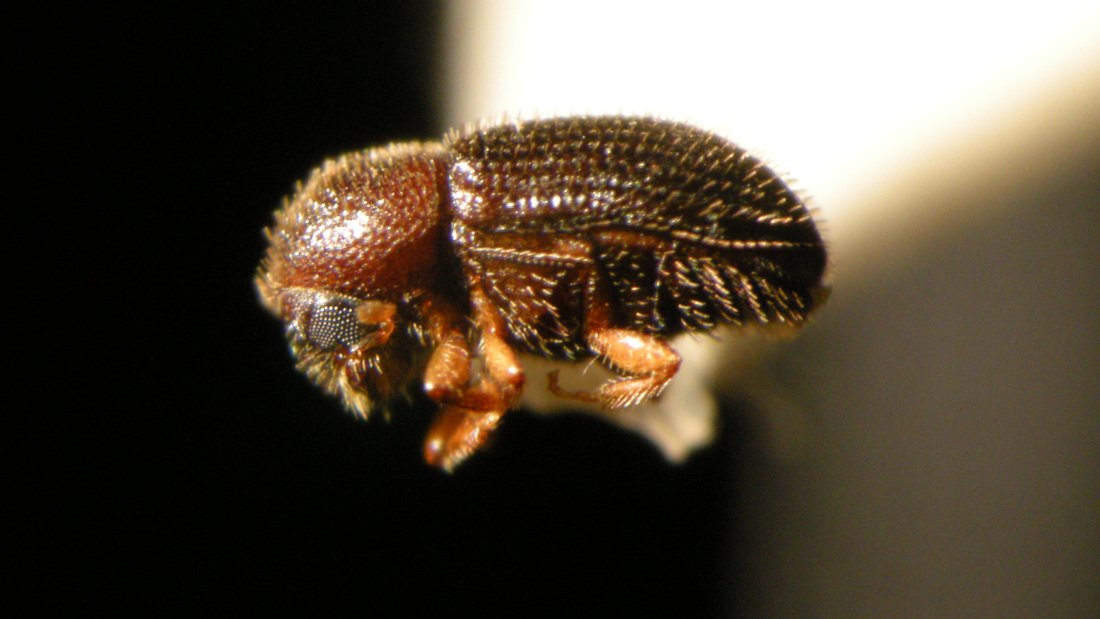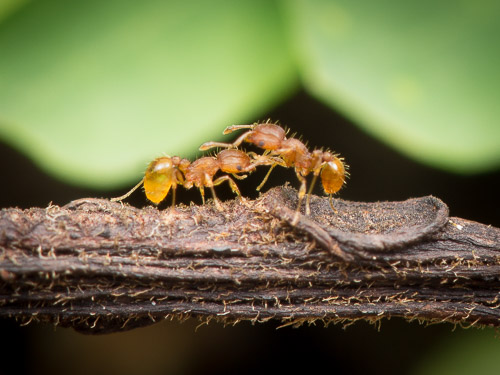 |
| Together With Veterans group waves signs to raise awareness about suicides among veterans. Photo from Kehau Kalani |
 |
| Malama Our Veterans. Photo from Kehau Kalani |
Volunteer Fire Captain Ron Ebert, himself a vet of the Vietnam War, joined the sign waving and said soldiers weren't welcomed home in a positive way during the Vietnam era and it was something he personally had to deal with. Ebert became d public servant and pastor.
More recent statistics show that more than 30 percent of those returning from war are afflicted with Post Traumatic Stress Syndrome, which can be an important factor in suicide risk.
Together With Veterans organization is based in Pahala. Its facebook also notes a sign waving in Hilo on bayfront across from King Kamehameha's statue each 22nd of the month. Together With Veterans facebook says: "This in-person sign waving event aims to raise awareness and provide support to those who have served our country. Together, we can make a difference. Let's stand up against this critical issue and create a community that supports our heroes. Don't miss out on this opportunity to show your solidarity and contribute to a cause that truly matters. Mark your calendars for the 22nd of every month and join us for an hour filled with compassion, understanding, and hope!"

To read comments, add your own, and like this story, see facebook.com/kaucalendar. See upcoming events, print edition and archive at kaunews.com.
VOLCANO WATCH: EAST RIFT ZONE WAS BUSY PLACE IN THE 1960S. That's the focus of this week's column by USGS Hawaiian Volcano Observatory scientists and affiliates: The recent eruption at Nāpau Crater was the first on Kīlauea's middle East Rift Zone (ERZ) in six years. We often remember the Pu'u'ō'ō and Maunaulu eruptions when thinking about the middle East Rift Zone, but many lesser-known eruptions occurred on the rift zone in the past 200 years, including 11 during the 1960s!While there were several summit eruptions at Kīlauea during the 60s, including one that lasted more than 8 months, eruptions along the ERZ (mainly in the upper and middle portions) were much more frequent. Before the 1955 lower ERZ eruption, the last eruption on the ERZ had taken place near Makaopuhi Crater in 1923.Following the 1960 Kapoho eruption and three quick summit eruptions in the first half of 1961, a new short-lived ERZ eruption began in late-September of that year. Over the course of two days, 13 small flows erupted from vents that were spread over 21 km (13 mi) of the rift zone from Nāpau crater to within 4 km (2.5 mi) of the area where Leilani Estates Subdivision was later built. The largest lava flows from this eruption were located at the lower end of the fissure system closest to Pāhoa and fed by lava fountains 90 to 120 meters (300–400 ft) tall.
 |
A fissure on the northwestern crater wall of Makauopuhi Crater on East Rift Zone of Kīlauea sent lava cascading into the deepest portion of the crater, forming a lava lake. USGS photo by E. Endo, March 6, 1965, along the old Chain of Craters Road. |
Less than two months later, a new eruption began along a 13 km (8 mi) stretch of the rift zone starting at Nāpau Crater and migrating east, downrift, to Kalalua Crater. The single day eruption in October 1963 was much larger than the three previous eruptions, though it covered only 3.24 square km (800 acres). Fissures opened on the rim and floor of Nāpau Crater, sending lava cascades down the crater wall and flows covered about 75 percent of the crater floor.
In 1965, short-lived eruptions in March and December again opened on the ERZ—uprift of Nāpau Crater. After this time, there was a nearly two-year hiatus in eruptions at Kīlauea volcano until a new eruption started at the summit in late-1967, lasting 251 days.
After that, activity once again shifted back to the ERZ with eruptions in the upper and middle ERZ in August and October of 1968. Associated seismicity and severe ground deformation were recorded at the summit and eruption sites.
On the first day of the August 1968 eruption, fissures opened across the floor and walls of Hi'iaka Crater, the westernmost eruption site on the upper ERZ during the 1960s. A small lava lake drowned some of the fissures on the crater floor, where much of the ponded lava drained back. Additional fissures opened to the east over the next few days, but only produced small amounts of lava.
After a little over a month, the October eruption was preceded by tremor and shallow earthquakes in the summit and upper ERZ. The eruption, which lasted 15 days, was the longest in this sequence of middle ERZ eruptions, and spanned from Kānenuiohamo to about where Pu'u'ō'ō cone is now. The eruption shifted along the fissure system but repeatedly focused in and around Nāpau Crater, often flooding the crater floor and sending lava cascading down the crater walls.

December 30, 1969 lava fountain that reached 1,000 feet high spilled into Alo'i Crater. USGS photo
As the decade came to an end, Kīlauea put on a spectacular show with the start of the Maunaulu eruption on May 24, 1969. A series of high fountaining events reaching 540 m (1770 ft), were some of the highest recorded at Kīlauea. Lava flows from this eruption extended south to the ocean, covered large portions of the old Chain of Craters Road, and was (at the time) the largest and longest ERZ eruption in over 2000 years before it came to an end in 1974.As we continue into this new and dynamic era at Kīlauea, it is relevant to look at the past behaviors of the volcano for clues into what the future may hold. The ERZ is known to be quite active, but only time will tell where the volcano erupts next.
Volcano Activity Updates
Kīlauea is not erupting. Its USGS Volcano Alert level is ADVISORY. Over the past week, earthquake rates beneath Kīlauea summit and upper-to-middle East Rift Zone have nearly doubled. About 50 earthquakes were located beneath the summit, and about 190 were located in the upper-to-middle East Rift Zone. Ground deformation rates remain low following the September 15-20 middle East Rift Zone eruption, but continue to show that magma is moving at a low rate from the summit to the middle East Rift Zone. Future intrusive episodes and eruptions could occur with continued magma supply. The most recent measurement of sulfur dioxide (SO2) emission rate at the summit was 60 tonnes per day on September 17, 2024, and SO2 emissions were not detected at downwind of the eruption site on Monday, September 23.
Mauna Loa is not erupting. Its USGS Volcano Alert Level is at NORMAL. No earthquakes were reported felt in the Hawaiian Islands during the past week.
HVO continues to closely monitor Kīlauea and Mauna Loa.
Visit HVO's website for past Volcano Watch articles, Kīlauea and Mauna Loa updates, volcano photos, maps, recent earthquake information, and more. Email questions to askHVO@usgs.gov.
To read comments, add your own, and like this story, see facebook.com/kaucalendar. See upcoming events, print edition and archive at kaunews.com.
.jpg)


.gif)




.jpg)



.jpeg)
.jpg)
